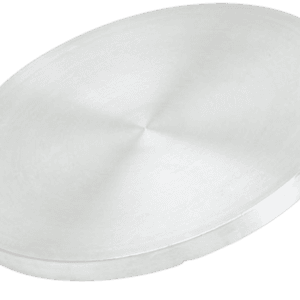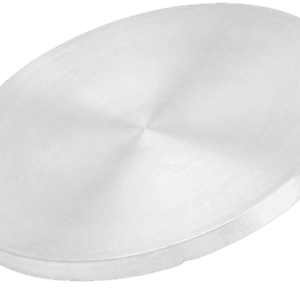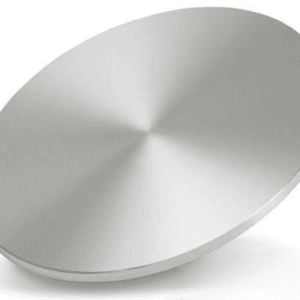| Material Type | Magnesium aluminate |
| Symbol | MgAl2O4 |
| Color/Appearance | White |
| Melting Point (°C) | N/A |
| Density | 3.64 g/cm3 |
| Molecular Weight | 142.27 |
| Sputter | |
| Exact Mass | 141.927777 |
Magnesium Aluminate Sputtering Targets
Overview
Magnesium aluminate (MgAl₂O₄), also known as spinel (MAS), is a synthetic material with a cubic crystal structure, offering outstanding chemical, thermal, dielectric, mechanical, and optical properties. These exceptional features make magnesium aluminate a crucial material in applications such as optically transparent windows, domes, armors, and certain refractory technologies.
Magnesium Aluminate Sputtering Targets Information
- Purity: 99.99%
- Circular: Diameter ≤ 14 inch, Thickness ≥ 1 mm
- Block: Length ≤ 32 inch, Width ≤ 12 inch, Thickness ≥ 1 mm
More Information on Magnesium Aluminate Sputtering Targets
Applications
- Ferroelectric
- Gate Dielectric
- For CMOS
Features
- High Purity: Ensures high-quality sputtering with minimal contamination and superior thin film quality.
- Custom Sizes Available: Customizable sizes to suit specific application requirements.
Manufacturing Process
- Cold Pressed and Sintered: Magnesium aluminate is carefully processed using cold pressing and sintering methods for optimum density and consistency.
- Elastomer Bonded to Backing Plate: Provides superior adhesion and stability during the sputtering process.
- Cleaning and Final Packaging: Targets are cleaned for vacuum applications, ensuring protection from environmental contaminants during shipping.
Options
- 99.99% Minimum Purity: Ideal for demanding applications requiring high-purity materials.
- Smaller Sizes for R&D Applications: Available for research and development purposes.
- Sputtering Target Bonding Service: Custom bonding options to improve target durability and performance.
For further details or to request a quote, please contact us directly.





Reviews
There are no reviews yet.